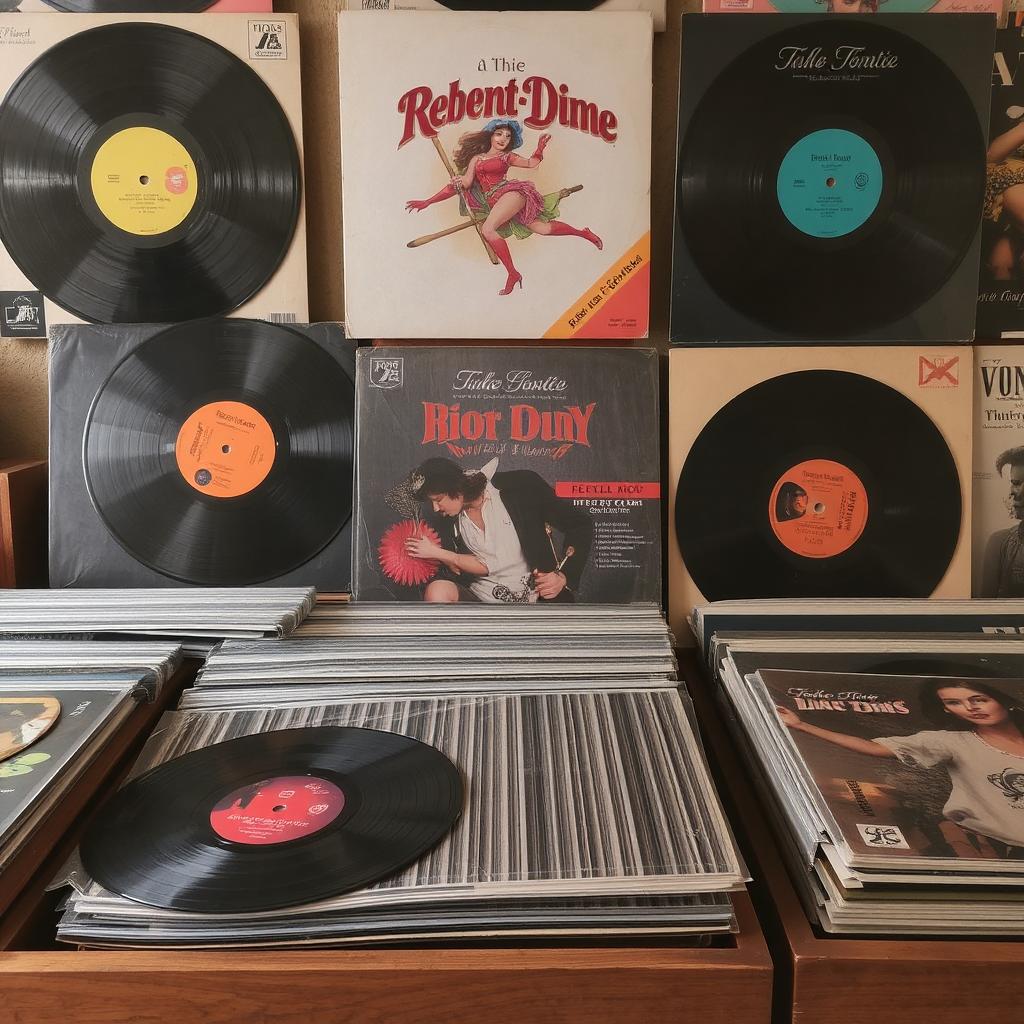The golden era of Bollywood music owes much of its preservation and dissemination to one iconic name—His Master’s Voice, better known as HMV. For decades, HMV was not just a record label; it was a cultural institution that brought the sound of Indian cinema into homes across the country. The company played a crucial role in recording, producing, and distributing Bollywood music, shaping the way generations experienced Hindi film soundtracks. From shellac records to LP vinyl albums,
HMV was the heartbeat of India’s musical revolution in the twentieth century
The Origins of HMV in India
HMV began its operations in India under The Gramophone Company of India, a British-owned enterprise that initially focused on classical and folk music. By the 1930s and 40s, as talkies took over Indian cinema, HMV quickly identified the growing appetite for film songs. They began pressing early soundtracks on 78 RPM shellac records, introducing Indian audiences to playback singing and orchestral film compositions. As technology evolved, HMV embraced the vinyl format and became the go-to label for Bollywood soundtracks.
Standardizing the Film Music Industry
One of HMV’s most important contributions was standardizing the format and quality of Bollywood music. At a time when the Indian music scene was fragmented, HMV created a structured pipeline—from studio recordings to pressing plants to nationwide distribution. By the 1950s, almost every major Bollywood film’s music was released on HMV vinyl, turning the company into an industry standard. Collectors today can identify a film’s release period and often its popularity based on its HMV catalog number.
The Golden Age of Vinyl: 1950s to 1980s
The 1950s to the 1980s are widely regarded as the golden era of Bollywood vinyl, and HMV was at the center of this explosion. From classic albums like Madhumati, Mughal-e-Azam, and Mother India to romantic hits like Aradhana, Bobby, and Kabhi Kabhie, HMV was responsible for pressing and releasing these timeless records. It was during this period that composers like S.D. Burman, R.D. Burman, Laxmikant–Pyarelal, Kalyanji-Anandji, and singers like Lata Mangeshkar, Kishore Kumar, and Mohammed Rafi became household names—largely because their voices reached every corner of India through HMV vinyl.
Iconic Album Art and Packaging
HMV not only focused on the sound but also on the visual presentation of vinyl records. The label’s album covers became iconic in their own right, featuring bold photography, colorful illustrations, and stylish typography. These sleeves often mirrored the themes and characters of the films they represented, making them collectible pieces of art. Today, original HMV vinyl with intact covers fetch high prices not just for the music, but also for their vintage design appeal.
Technological Innovation and Manufacturing
HMV’s pressing plant in Dum Dum, West Bengal, was one of the largest in Asia and served as a hub for manufacturing vinyl records for all genres of Indian music. The company invested in state-of-the-art recording equipment and mastered the use of both mono and stereo formats as they became available. Their commitment to audio fidelity made them a trusted name, and their records stood the test of time in durability and sound quality.
Cultural Impact and Accessibility
What set HMV apart was its ability to make film music accessible. Vinyl records were not only available in major cities but also distributed to small towns, religious fairs, and roadside stalls. The affordability and availability of HMV records allowed people from all walks of life to build personal music collections. For many, an HMV LP was the first piece of recorded music they ever owned, played proudly on a gramophone or record player passed down through generations.
Challenges and Decline
By the late 1980s and early 1990s, cassette tapes and eventually CDs overtook vinyl as the preferred format for music consumption in India. The rise of T-Series and other audio companies also ended HMV’s monopoly on Bollywood music. While the brand tried to adapt, its decline in vinyl production coincided with changing consumer behavior and the digitization of music. However, the impact HMV left on the history of Bollywood music remains irreplaceable.
Legacy and Collector’s Appeal
Today, HMV vinyl records are among the most sought-after collectibles in the world of Bollywood memorabilia. Record collectors, audiophiles, and nostalgic fans actively seek out original HMV pressings, especially of iconic soundtracks from the 60s and 70s. The label’s legacy continues through its recordings, which serve as historical documentation of India’s cinematic and musical evolution.
In Conclusion
HMV’s role in the rise of Bollywood vinyl records cannot be overstated. It transformed Indian film music from a fleeting cinematic element into a permanent, accessible, and cherished part of everyday life. Through vinyl, HMV preserved the soul of Bollywood across decades and generations. Its records continue to spin in living rooms, cafes, studios, and collectors’ shelves, reminding us of an era when music was tangible, timeless, and always just a needle drop away.








